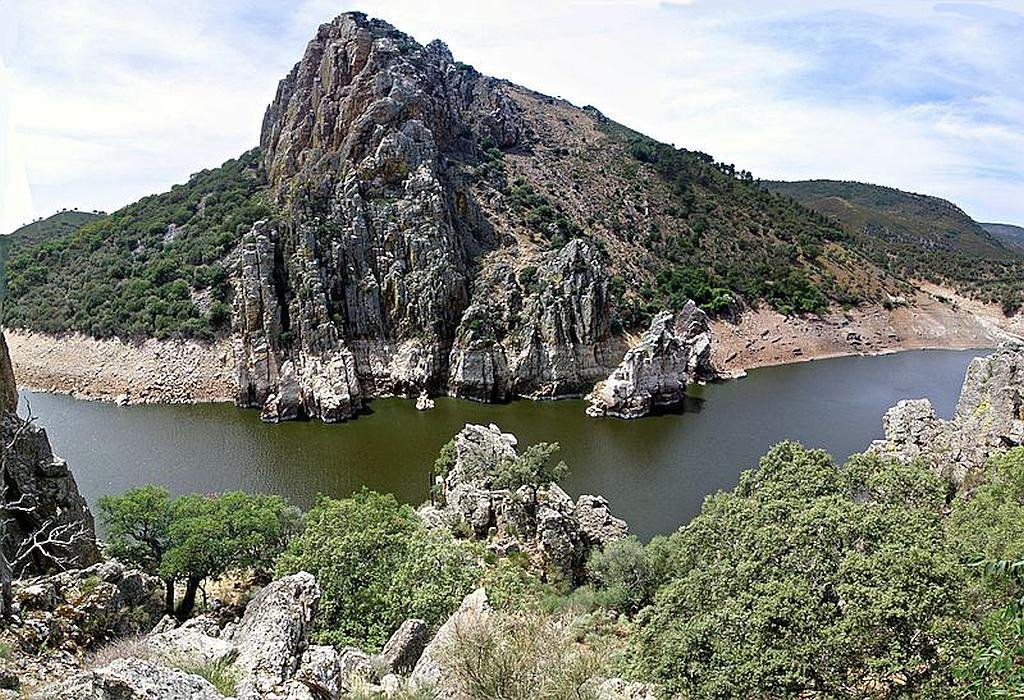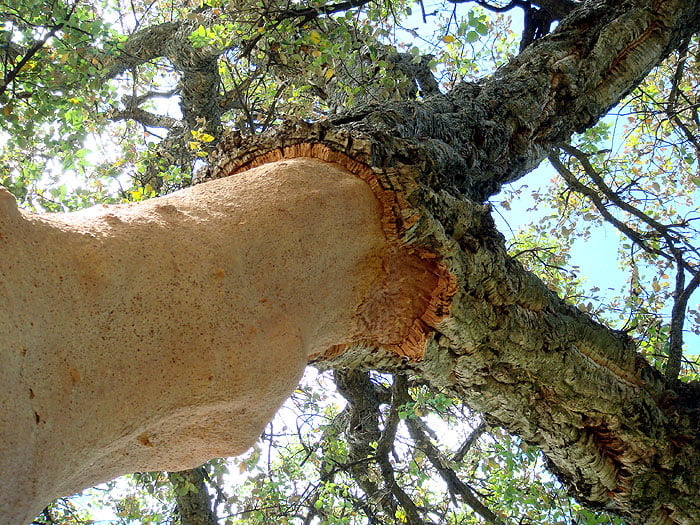- NEW NAME: Parque natural Lago de Sanabria y sierras Segundera y de Porto
- Region: Castilla y Leon
- Province: Zamora
- Declared a Natural Park: 1978
- Park surface area: 32,302 hectares
- Nearby towns and villages: Puebla de Sanabria, Cobreros, Galende, Porto, Trefacio
Points of interest
The stunning Lago de Sanabria Natural Park has been extended into the Parque natural Lago de Sanabria y sierras Segundera y de Porto.
At almost 200 hectares and a depth of 50 odd metres the lake, that gives its name to the park, is the largest natural lake in the Iberian Peninsula of glacial origin.



